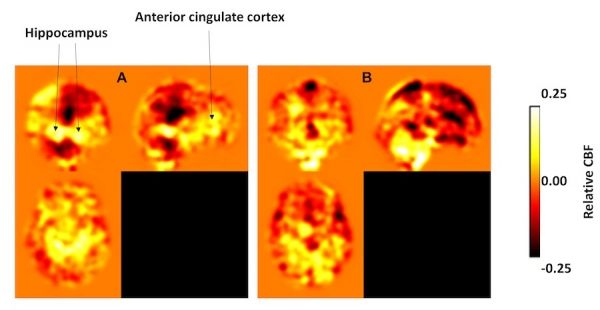Scientists have collected plenty of evidence linking exercise to brain health, with some research suggesting fitness may even improve memory. But what happens during exercise to trigger these benefits?
New UT Southwestern research that mapped brain changes after one year of aerobic workouts has uncovered a potentially critical process: Exercise boosts blood flow into two key regions of the brain associated with memory. Notably, the study showed this blood flow can help even older people with memory issues improve cognition, a finding that scientists say could guide future Alzheimer’s disease research.
“Perhaps we can one day develop a drug or procedure that safely targets blood flow into these brain regions,” says Binu Thomas, Ph.D., a UT Southwestern senior research scientist in neuroimaging. “But we’re just getting started with exploring the right combination of strategies to help prevent or delay symptoms of Alzheimer’s disease. There’s much more to understand about the brain and aging.”
Read more at UT Southwestern Medical Center
Image: The "A" image shows the cerebral blood flow in a group of older adults at risk to develop Alzheimer's disease after one year of aerobic exercise training. The yellow and white represents increased flow into the hippocampus, the anterior cingulate cortex, and other frontal regions. The "B" image shows no change or a reduction in blood flow in a group of at-risk older adults who did one year of stretching only. CREDIT: UT Southwestern Medical Center


